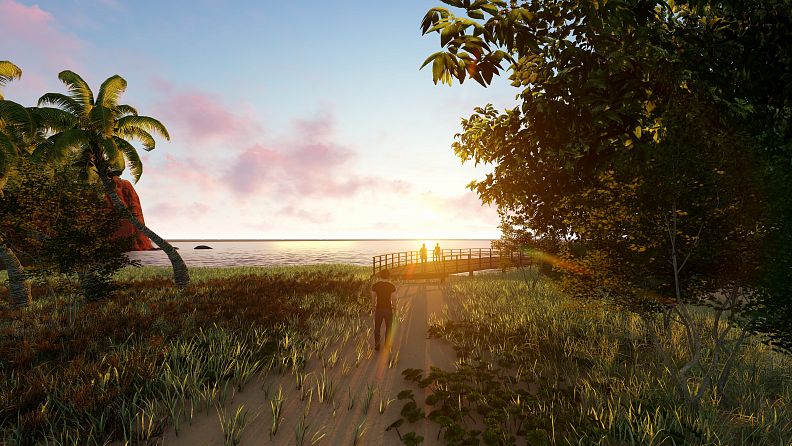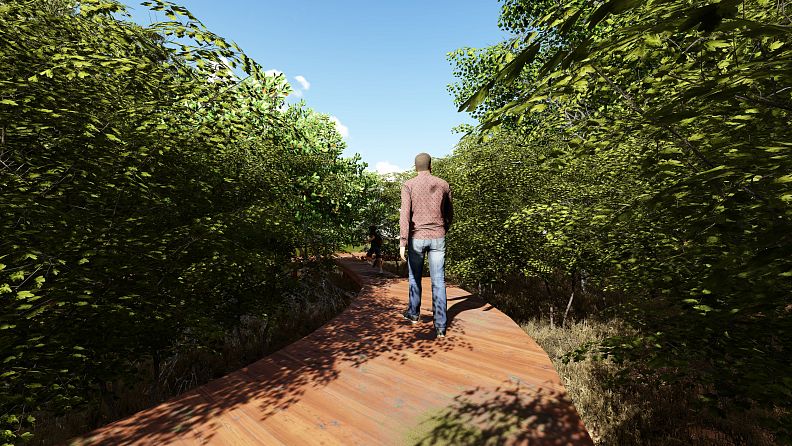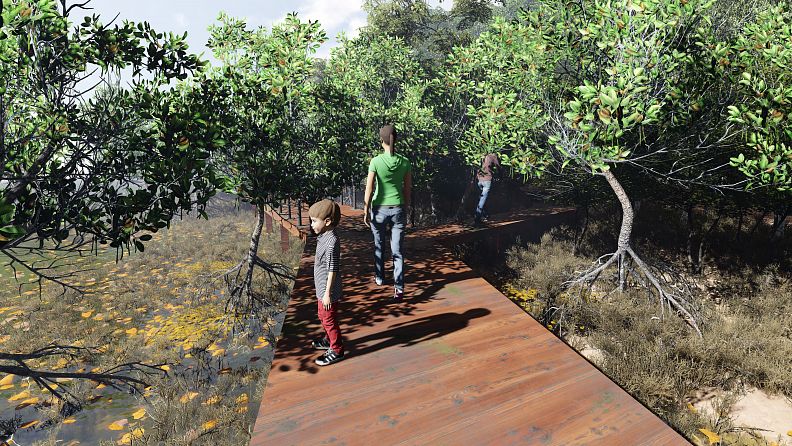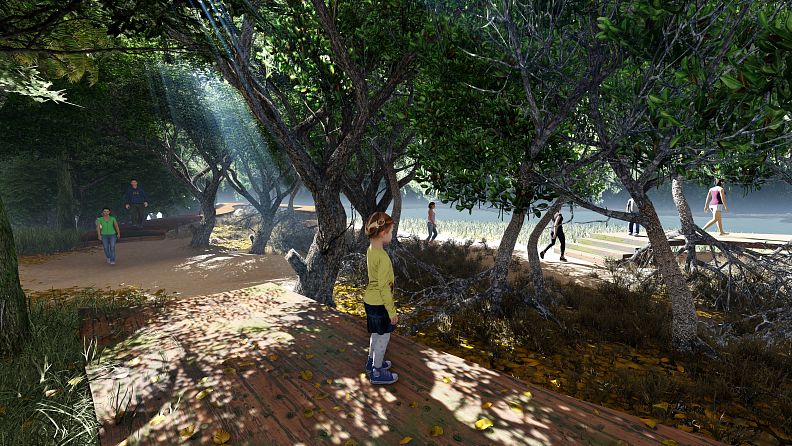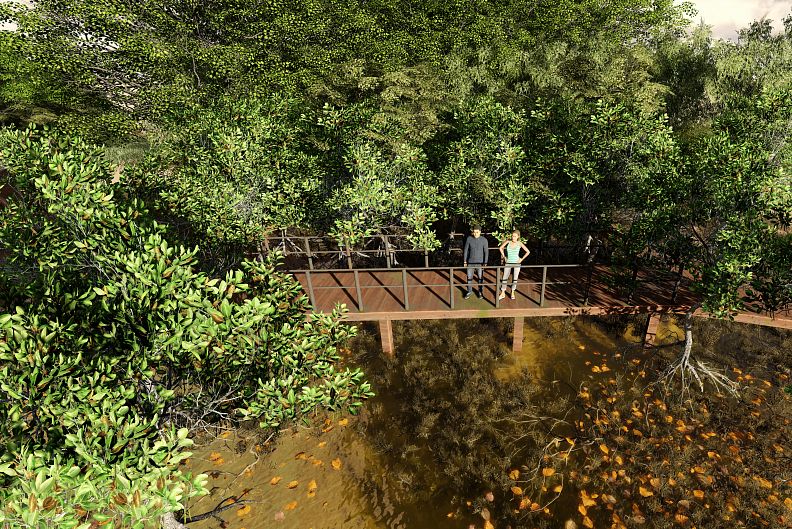A Silent Ceremony - Community Based Restoration Landscape

Project idea
The project is based around Polwathumodera Riverine Estuary at Weligama bay which is situated in the southernmost part of Sri Lanka. Weligama Bay is one of the rocky shorelines in the coastline of Sri Lanka and Polwathumodera estuary is unique with both coastal and inland characteristics which are significant. The bay and estuary itself is a tourist hub and it consists of many unique landscape identities including river mouth and saltmarsh characteristics, rich flora and fauna, and rocky headland formations. The community of Weligama consists of various ethnicities and religious groups and their livelihood differs according to the landform, available facilities, and their culture. Fishing is a major traditional way of income and guiding tourists, tourism-based local trades, and crop cultivation are also prominent.
Site for the Community Based Restoration Landscape design was selected after considering the ecological and social potentials as well as the issues of the area. Loss of the mangrove community in the area, loss of natural formations, coastal erosion, and removal of vegetation are some of the main problems prevailing in the context. Reinstalling the pre-existed character is identified as a key requirement of the existing condition.
The basic objective of the design project is to extend studies about the community and natural values of the area basically to get an exact idea of the collisions and co-existence happening in the area between these two parties. And improving the state of living of the people in the area while preserving the ecological community. This will be taken into action by allowing tourism and by restoring the landscape by giving an awareness to the user.
The main objective will be preserving the existing condition of the environment, the estuarine character, the natural land, and rock formations and levels while facilitating users to explore more about the values of the area and giving them an awareness.
The concept was identified as “nature’s perspective”, to see things from nature’s eye and coming to solutions while considering why nature wants to protect itself.
The prevailing co-existence and preservations will be supported from the design and further measures will be taken to facilitate both communities. The design will mainly be on three zones, sensitive areas, eco-human adapted areas, and community facilitation area. Awareness will be given to people in a sensory manner in sensitive zones. That awareness will be directed to the activity-based adaption zone where people will engage in functions in an environmentally friendly manner, the co-existence between nature and humans will be given prominence in these zones. Community facilitation areas are to support these functions and to facilitate the local economy.
Project description
Preserved space
A. Mangrove trail - This pathway gives the user hidden views, sudden glimpses towards the estuary and water, and the salty odor while walking on elevated pathways leading on the waters, arise curiosity and makes him explore more in the trail
A1. Entrance parking
A2. Boatyard
A3. Proposed elevated walkway for experiencing
both mangroves and freshwater species
A4. Fish observatory
A5. Mangrove nursery
A6. Mangrove planting area
Functional spaces
B. Rock formation observatory and entrance
B1. Elevated timber pier
B2. Approaching deck
C. Outdoor dining space and plant observatory
C1. Proposed mesh deck for experiencing plants and sea at the same time
C2. Enclosed space for dining, night functions, and seating
C3. Elevated walkway
C4. Pergola for short pauses
D. Designated surfing area
D1. Surfing gear rental shops
E. Entrance to the coastline
E1. Entrance parking and facility zone
Street food market
E2. Tree aligned sandy pathway
E3. Entrance terrace
E4. Proposed deck and food vendor stalls which are disguised among tree canopies
Technical information
In the design development, a particular socio-ecological background was done and as a result of that, a certain cluster of the coastal line was identified successfully. The design was with the aim of serving and uplifting that identified cluster. Clusters of the same typology were identified throughout the coastal belt of Weligama Bay. Therefore, the whole context has the potential of developing under one requirement, protecting the community as well as nature which co-exist in the existing situation. Therefore the masterplan of the project aims at introducing similar projects to the whole bay context to preserve its nature by improving awareness.


